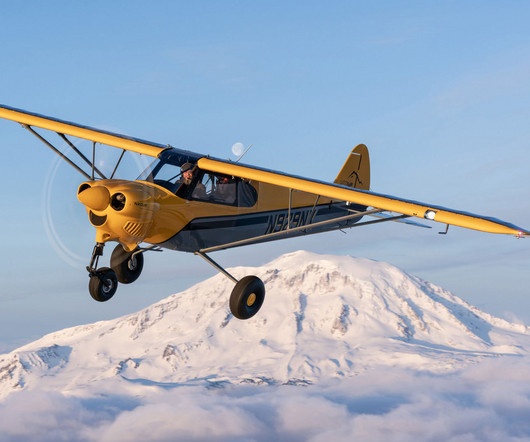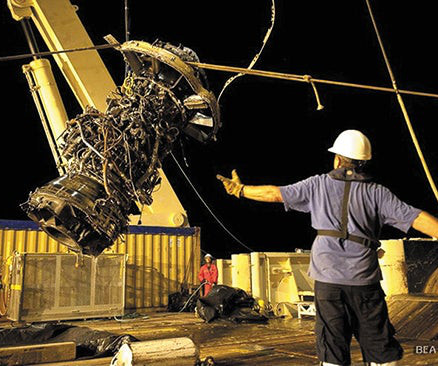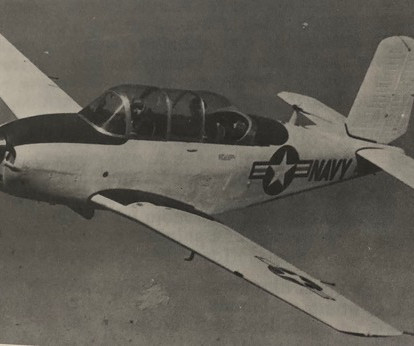Mastering Stalls: How to Recognize, Prevent, and Recover Safely
Flight Training Central
MARCH 3, 2025
Recovery is made by lowering the nose, simultaneously applying full power while maintaining directional control with coordinated use of aileron and rudder. Because the airplane is not fully stalled, the pitch attitude only needs to be lowered to the point where minimum controllable airspeed, and thus control effectiveness, is regained.

















Let's personalize your content